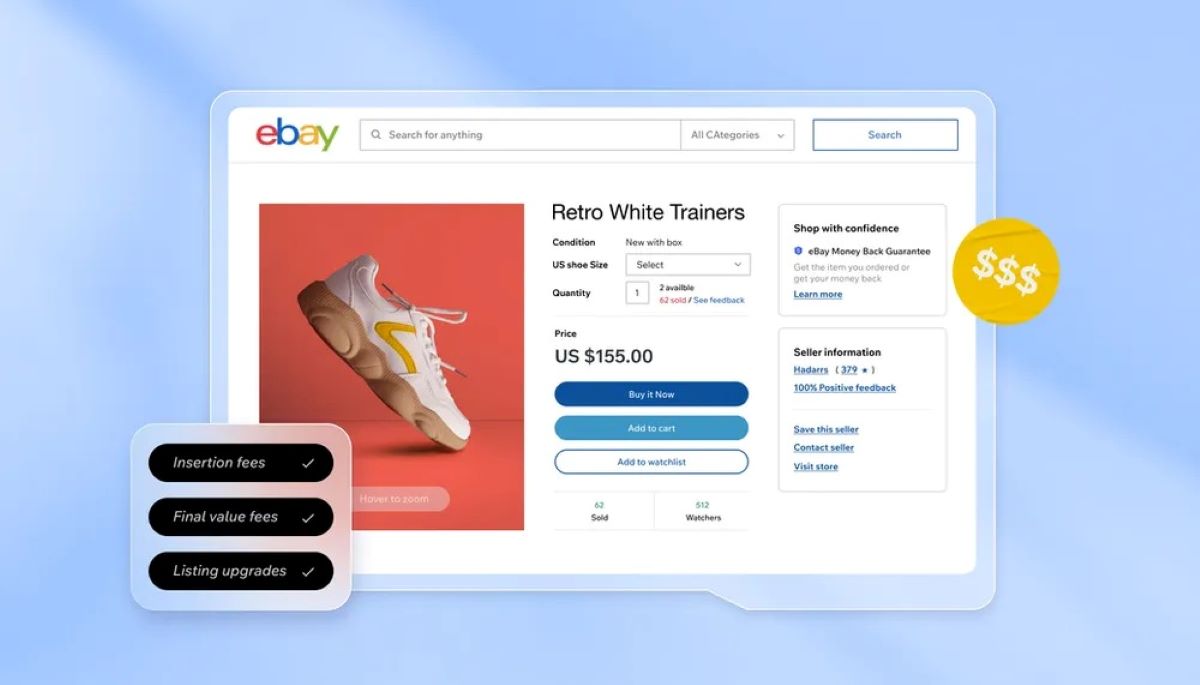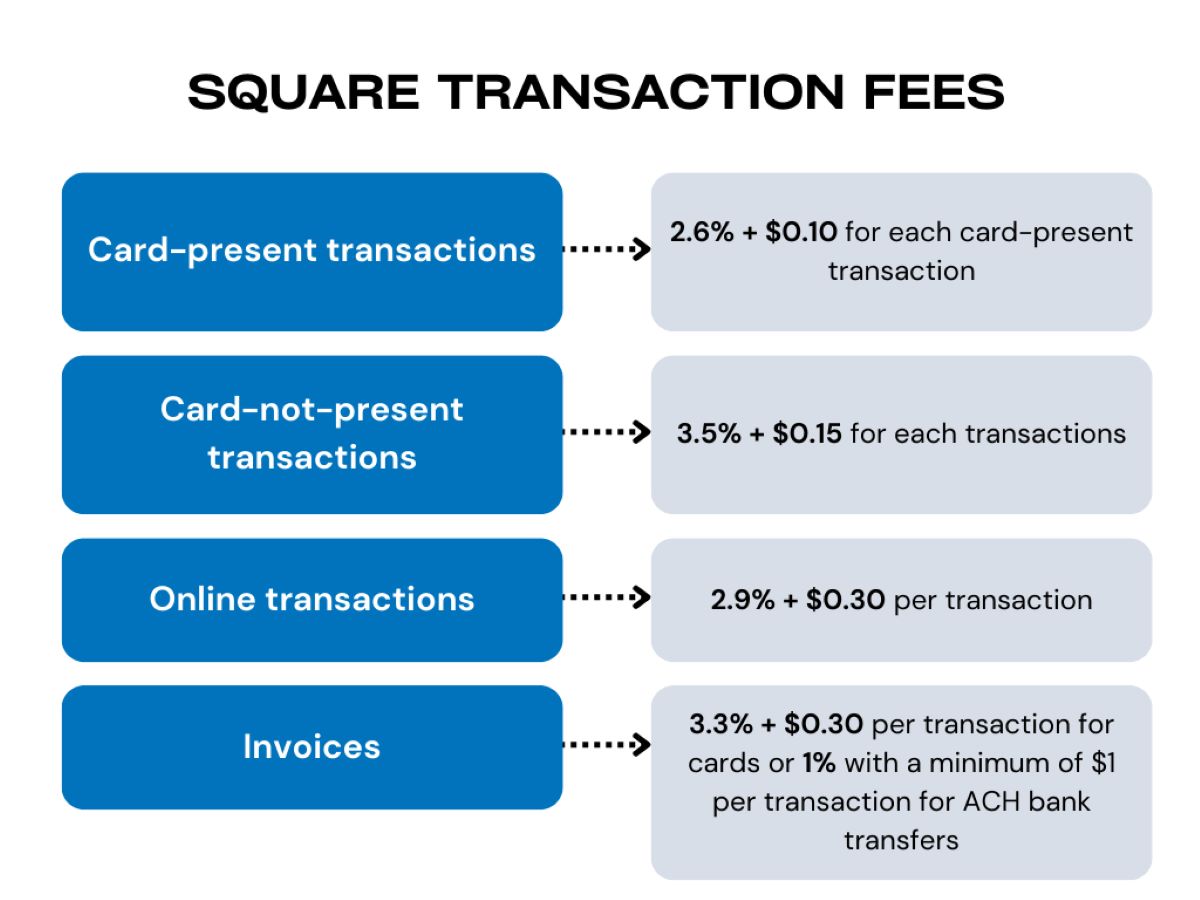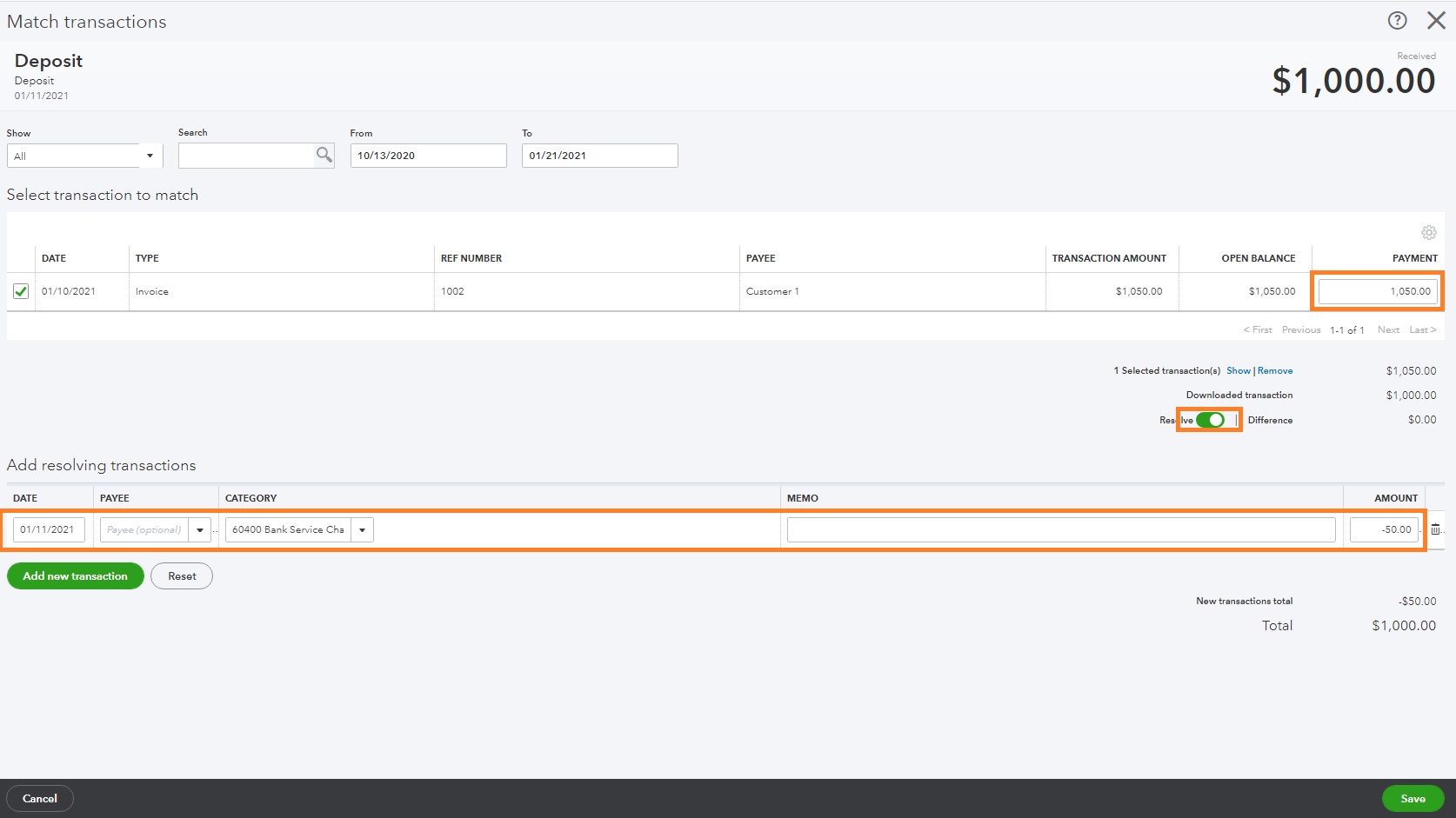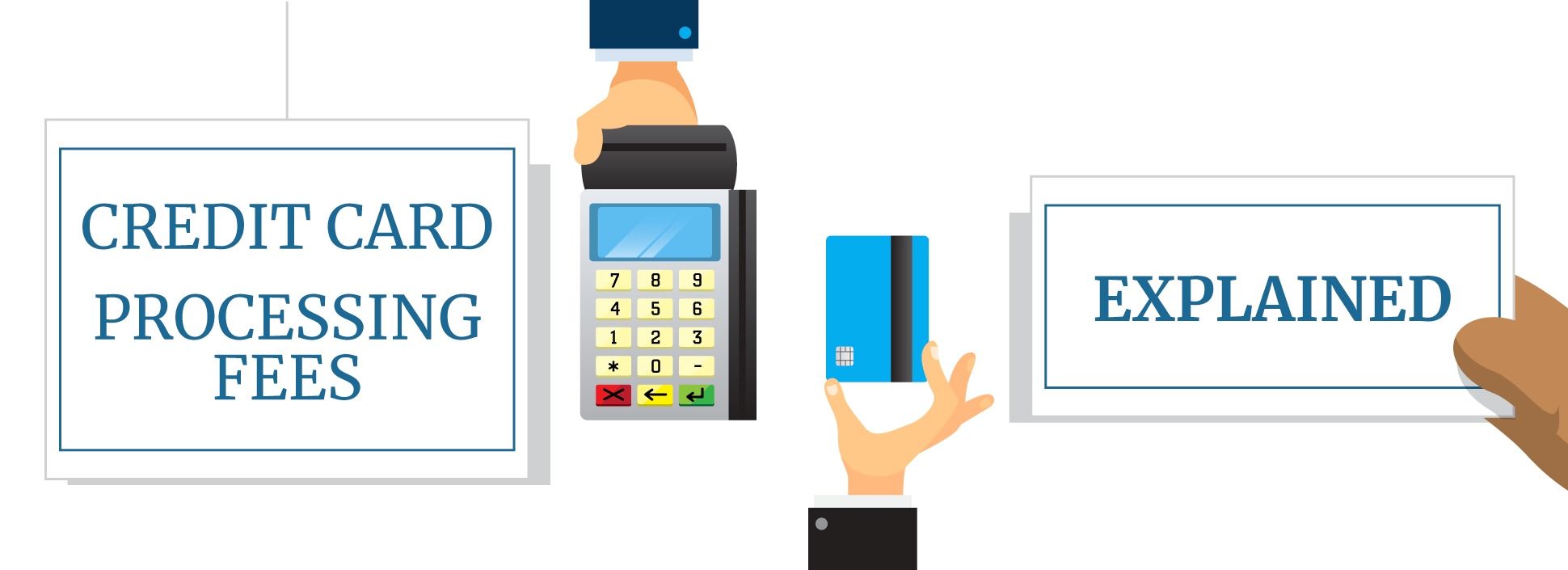Home>Finance>What Are The Merchant Fees For A $150 Sale On EBay?


Finance
What Are The Merchant Fees For A $150 Sale On EBay?
Published: February 24, 2024
Learn about the finance aspect of selling on eBay and understand the merchant fees for a $150 sale, helping you make informed financial decisions.
(Many of the links in this article redirect to a specific reviewed product. Your purchase of these products through affiliate links helps to generate commission for LiveWell, at no extra cost. Learn more)
Table of Contents
Introduction
Understanding Merchant Fees on eBay
When it comes to selling items on eBay, it's crucial to comprehend the various fees associated with the process. As an online marketplace that connects millions of buyers and sellers worldwide, eBay offers a platform for individuals and businesses to engage in e-commerce. However, this convenience comes with a cost in the form of merchant fees. Understanding these fees is essential for sellers to accurately calculate their expenses and set competitive prices for their products.
In this comprehensive guide, we will delve into the intricacies of merchant fees on eBay, focusing on a $150 sale as a practical example. By the end of this article, you will have a clear understanding of how these fees are calculated and the factors that can influence the overall cost of selling on eBay. Whether you're a seasoned seller or just starting your e-commerce journey, this information will empower you to make informed decisions and optimize your selling strategy on eBay. Let's embark on this enlightening exploration of eBay's merchant fees and unravel the mystery behind the cost of selling on this popular online marketplace.
Understanding Merchant Fees
Deciphering the Costs of Selling on eBay
Merchant fees are the expenses that sellers on eBay incur for utilizing the platform to list and sell their products. These fees are designed to cover the operational and transactional costs associated with maintaining the online marketplace and processing payments. By comprehending the breakdown of these fees, sellers can effectively manage their pricing strategies and maximize their profits.
On eBay, the primary components of merchant fees include insertion fees, final value fees, and payment processing fees. Insertion fees are charged when a seller lists an item for sale, serving as a basic cost for utilizing the platform’s selling capabilities. Final value fees, on the other hand, are calculated as a percentage of the total sale price, including shipping costs, and are incurred upon the successful sale of an item. Additionally, payment processing fees are levied to cover the expenses associated with processing payments through various methods, such as PayPal or other secure payment gateways.
It’s important to note that the specific fee structure may vary based on the seller’s subscription level, the category of the listed item, and any optional features or upgrades selected when creating the listing. Furthermore, eBay may offer promotional rates or discounts for certain sellers, influencing the overall cost of utilizing the platform for selling purposes.
By understanding the nuances of these merchant fees, sellers can make informed decisions regarding their pricing strategies, shipping options, and payment methods. Moreover, this knowledge empowers sellers to assess the profitability of their listings and adapt their approach to align with their financial goals and market dynamics.
Calculating Merchant Fees for a $150 Sale on eBay
Unraveling the Financial Implications of a $150 Transaction
Let’s delve into the process of calculating the merchant fees for a $150 sale on eBay, shedding light on the financial implications of such a transaction. To begin, we’ll consider the standard fee structure applicable to most sellers, bearing in mind that individual circumstances and promotional offers may lead to variations in the actual costs incurred.
For a $150 sale on eBay, the insertion fee is a crucial initial consideration. Depending on the seller’s subscription level and any promotional offers in effect, the insertion fee may range from being free to a nominal amount. Assuming a standard insertion fee is applicable, this cost must be factored into the overall expenses associated with the sale.
Upon the successful completion of the sale, the final value fee becomes applicable. This fee is calculated as a percentage of the total sale price, including any shipping costs. For most categories, the final value fee ranges from 10% to 12% of the total transaction amount. Therefore, for a $150 sale, the final value fee would typically amount to $15 to $18, depending on the specific category and any promotional rates that may apply.
Additionally, payment processing fees need to be considered when calculating the total expenses for a $150 sale on eBay. These fees are determined based on the payment method used by the buyer and the seller’s location. For instance, if PayPal is utilized for the transaction, the standard PayPal fee is 2.9% of the total sale amount, plus a fixed fee based on the currency. These fees can impact the net proceeds from the sale and should be accounted for when assessing the overall profitability of the transaction.
By factoring in these components, sellers can gain a comprehensive understanding of the merchant fees associated with a $150 sale on eBay. This insight enables sellers to evaluate the cost-effectiveness of their pricing strategies, make informed decisions regarding optional features and upgrades for their listings, and optimize their overall selling approach to align with their financial objectives.
Additional Considerations
Optimizing Selling Strategies and Maximizing Profitability
While the fundamental aspects of merchant fees for a $150 sale on eBay have been outlined, it’s essential to delve into additional considerations that can impact the overall cost and profitability of selling on the platform. By taking these factors into account, sellers can refine their strategies and enhance their financial outcomes.
- Subscription Level and Promotional Offers: Sellers should evaluate the benefits of different subscription levels offered by eBay, as these can influence the fee structure and provide access to valuable tools and insights. Moreover, staying informed about promotional offers and discounts can lead to significant cost savings, especially for sellers with a high volume of listings.
- Shipping Costs and Options: The method and cost of shipping can impact the final value fee, as this fee is calculated based on the total transaction amount, including shipping expenses. By optimizing shipping strategies, such as offering free shipping or utilizing calculated shipping options, sellers can mitigate the impact of final value fees on their overall profitability.
- International Sales and Currency Conversion: For sellers engaging in international transactions, currency conversion and potential additional fees for cross-border sales should be carefully considered. Understanding the implications of international selling can help sellers make informed decisions about expanding their market reach while managing associated costs.
- Optional Listing Upgrades: eBay offers various optional features and listing upgrades, such as bold titles, subtitles, and additional picture packs, which can enhance the visibility and appeal of listings. However, sellers should weigh the benefits of these upgrades against the associated costs to ensure a favorable return on investment.
- Market Dynamics and Competitor Analysis: Monitoring market trends, analyzing competitor strategies, and adjusting pricing and promotional tactics accordingly can significantly impact sales volume and profitability. By staying attuned to market dynamics, sellers can adapt their approach to remain competitive while optimizing their financial outcomes.
By considering these additional factors, sellers can refine their selling strategies, minimize unnecessary expenses, and maximize the profitability of their transactions on eBay. Embracing a holistic approach to understanding and managing merchant fees empowers sellers to navigate the e-commerce landscape with confidence and financial acumen.
Conclusion
Empowering Sellers Through Informed Financial Insights
As we conclude our exploration of the merchant fees for a $150 sale on eBay, it becomes evident that a comprehensive understanding of these fees is pivotal for sellers aiming to optimize their e-commerce endeavors. By unraveling the intricacies of insertion fees, final value fees, and payment processing costs, sellers can gain valuable insights into the financial implications of their transactions and make informed decisions to maximize profitability.
Moreover, the considerations extended to subscription levels, promotional offers, shipping strategies, international sales, optional upgrades, and market dynamics underscore the multifaceted nature of managing merchant fees on eBay. Sellers are empowered to refine their selling strategies, minimize unnecessary expenses, and capitalize on opportunities to enhance their financial outcomes.
Ultimately, the knowledge and insights shared in this guide serve as a catalyst for sellers to navigate the e-commerce landscape with confidence and financial acumen. By embracing a holistic approach to understanding and managing merchant fees, sellers can elevate their selling experience on eBay, adapt to evolving market dynamics, and achieve sustainable success in the digital marketplace.
Armed with these financial insights, sellers are poised to embark on their e-commerce journey with clarity and strategic prowess, harnessing the power of informed decision-making to drive their business forward. As the e-commerce landscape continues to evolve, the ability to navigate merchant fees with precision and foresight will remain a cornerstone of successful selling on eBay.














